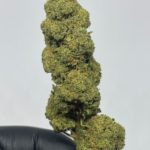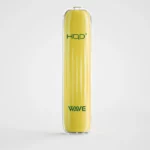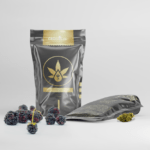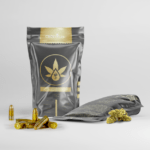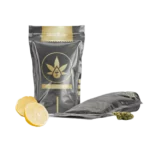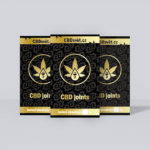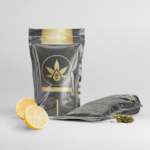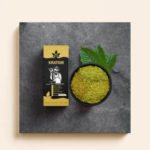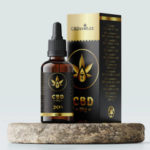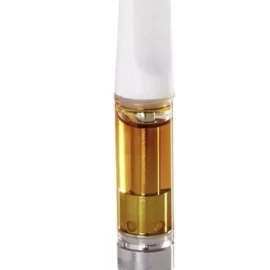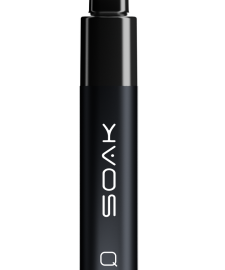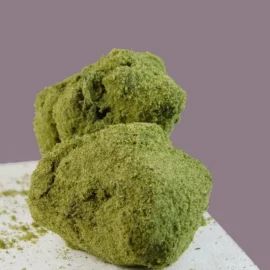It’s time to focus on CBD, the second most abundant cannabinoid in marijuana, the Cannabis sativa plant. We will present all the information you need to know about this important compound;
If you really examined the cannabis plant closely, you would see a rich and diverse collection of chemical compounds. Some of these compounds are very familiar, such as the iconic THC, which is known to be psychoactive. However, one must also consider a lesser-known cannabinoid, CBD. Why? Because CBD is not psychoactive and many of the significant benefits that THC provides simply aren’t there;

What is CBD?
CBD and THC belong to a broad family of cannabinoids, with an estimated 113 found in the cannabis plant, each cannabinoid interacting with the human body slightly differently. And although our knowledge of other cannabinoids is limited, the fascinating benefits of the second most abundant, cannabidiol (CBD), are increasingly being discovered;
CBD is like a sibling of THC, but does not share its psychoactive properties. In other words, you will not have an altered state of consciousness after taking it. Instead, it affects our bodies in dozens of other ways. However, the two compounds do share similarities;

Cannabis varieties with higher CBD content
The highest concentrations of CBD come from the Cannabis sativa subspecies favoured by commercial industries. Thanks to modern breeding and a touch of natural selection, hemp has a chemical structure rich in CBD and low in THC. When it comes to consumer goods such as CBD oil, CBD cosmetics, etc., hemp is not completely off the table. You just have to choose varieties bred specifically for their CBD content. In fact, it is the hemp industry’s pursuit of CBD-rich strains that has sparked a revolution to some extent, especially in the last twenty years. CBD-rich strains are finally becoming commonplace, the direct result of careful breeders manipulating strains with CBD-dominant phenotypes;
Creating CBD-dominant strains is not as easy as it sounds. It’s the genetics of the plant that determines how long it takes to flower, its resistance to disease.

How does CBD work?
All cannabinoids work through a unique interaction with our endocannabinoid system (ECS) . This vast network of receptors exists inside all of us and is responsible for keeping the body balanced. When our biological systems are balanced, our bodies are better equipped to deal with the diseases, disorders and challenges of modern life;
To activate the ECS, cannabinoids bind with cannabinoid receptors (divided into CB1 and CB2) located on cells in our body;
These receptors act as gatekeepers, proteins inserted into cells that control chemical signals and tell them what to do and when to do it. But they don’t just act of their own volition;
Receptors are particularly important in terms of which cannabinoids they bind to. The mechanism is like a lock and key – receptors are only activated if they detect a cannabinoid with the correct shape to match their lock. It is through these access points that cannabinoids can affect the body in different ways.
The majority of CB1 receptors are in the brain, digestive tract and central nervous system, while CB2 receptors predominate in our immune system. For example, THC activates CB1 receptors responsible for balancing mood and motivation, hence the euphoric high. CBD, on the other hand, takes a less direct approach.
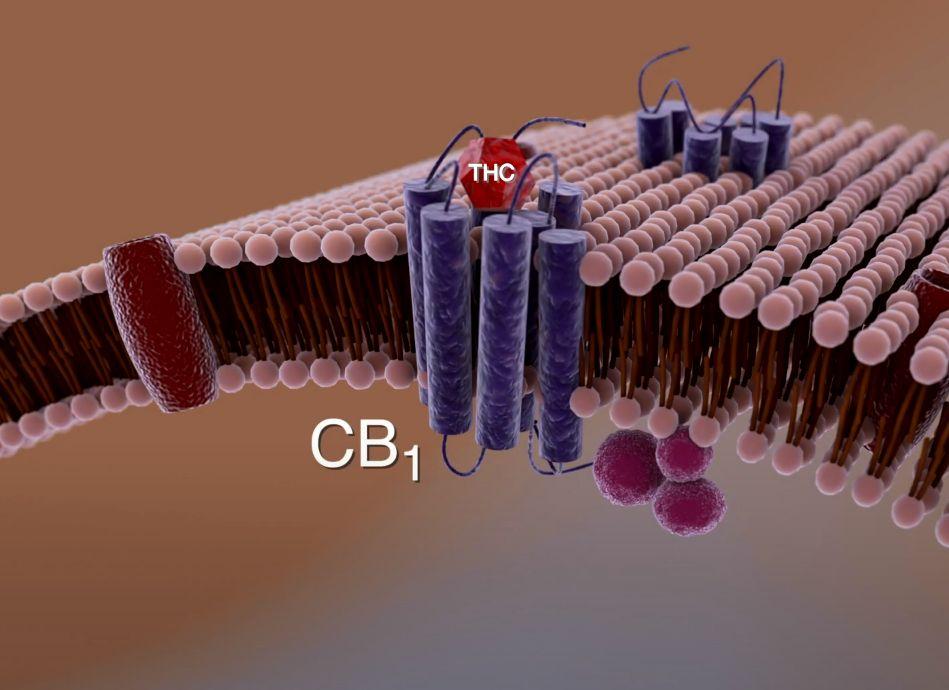
CBD and the endocannabinoid system
Although we’re told that all cannabinoids interact with the human body through a lock and key mechanism, CBD’s interaction is a bit more complicated;
Cannabidiol does not have a high binding affinity for either of the two known cannabinoid receptors. Instead, it exerts its influence by supporting the entire ECS, improving the functioning of the system and regulating the production of beneficial enzymes;
It is believed to have a suppressive effect on the enzyme FAAH (fatty acid amidohydrolase), which is the molecule responsible for the breakdown and destruction of anandamide (AEA);
This suppressive reaction with CBD means that more anandamide will remain in your system and also for a longer period of time. This is important because AEA is an internally produced chemical that has a positive effect on eating, sleeping, pain relief and more;
But while CBD doesn’t care about binding with CB1 or CB2 receptors, that doesn’t mean it completely bypasses the lock and key mechanism we highlighted above. There are several G-protein receptors located in the central and peripheral nervous system that interact with CBD. There is also TRPV-1 (transient receptor potential cation channel subfamily V-1) that interacts with CBD. The TRPV-1 receptor is known to mediate pain perception, inflammation, and body temperature, but the potential for this interaction remains under investigation;

CBD and the accompanying effect
So far we have looked at how cannabinoids exert their influence and how CBD takes a slightly different approach through its impact on enzymes and specific receptors. However, what we have not yet discussed is how they work together;
Although THC and CBD have very different effects and methods of interaction, they share one characteristic. When they work together, their respective abilities are enhanced. In fact, the entourage effect is a phenomenon that theoretically applies to all cannabinoids, terpenes and flavonoids;
That’s why products like full-spectrum CBD oil have become so popular. While CBD works well on its own, many believe it will only reach its true potential when THC and other cannabinoids, terpenes and flavonoids are also present. After all, why else would all these compounds be together in the same plant?
Interaction between CBD and THC
The interaction between CBD and THC is a phenomenon that has caught the attention of growers and cannabis enthusiasts alike. Why? Because it is possible to alter the effects by adjusting the ratio of CBD to THC, gaining the benefits of both cannabinoids. Even if the plant has high levels of CBD and minimal levels of THC, you still get the benefits of the accompanying effect without the psychotropic effects;
Products that may be of interest to you
Health benefits of CBD
Let us now introduce what this cannabinoid does to the body and what its potential effects are. Because it stimulates the entire ECS to work more efficiently, CBD has the potential to affect dozens of physiological processes;
Everything we are about to describe comes mainly from small studies, more research is needed to understand all the properties of CBD, especially in humans. We absolutely do not recommend using cannabis as a substitute for your regular medicine. In fact, if you are already dealing with health issues, you should ask your doctor if it is appropriate before trying any form of cannabis. However, the list of potential health benefits is really extensive.
Sleep
Sleep is a vital process that gives our minds and bodies the ability to recover from the day. Unfortunately, sleep is also one of the things that many people tend to neglect, mainly due to their hectic lives;
Early preclinical research suggests that CBD may be a powerful tool for for a more restful sleep. Although the cannabinoid does not appear to act as a sedative, it is thought to promote a healthy sleep/wake cycle through a variety of mechanisms. Supporting our body’s natural circadian rhythm can not only help us fall asleep faster, but also achieve deep sleep;

Relaxation
Tension, depression and anxiety are never far apart in today’s modern society. And to make matters worse, dealing with anxiety is not easy – how and why it occurs varies from person to person;
However, one similarity between all cases of anxiety is the role of 5-HT receptors and the neurochemical serotonin. Serotonin, nicknamed the happiness hormone, has a direct effect on anxiety through activation of these receptors and is usually released during physical activities such as exercise or sex;
Encouragingly, scientists have discovered that CBD also interacts with 5-HT receptors to modulate serotonergic transmission. The Journal of the International Association for the Study of Pain conducted an animal study of neuropathic pain. It concluded that “repeated treatment with low doses of CBD reduces anxiety by activating the 5-HT₁ₐ receptor”. He further added that these results “support the initiation of clinical trials” for CBD-based treatments.
Muscle recovery
Although inflammation is often portrayed in a negative light, it is an essential mechanism. It helps our bodies deal with infections and repair damaged tissues. This is especially important not only for athletes, but for anyone who wants to stay healthy. Developing the strength of our muscles reduces the risk of injury and helps us stay active;
However, in order to develop a healthy inflammatory response, we first need a strong immune system. But despite all the good our immune system does, it sometimes becomes confused, especially when it is working overtime to repair damaged tissue. It can end up attacking healthy cells rather than toxic ones, which is bad news if you’re trying to promote muscle recovery;
Fortunately, a team working for Cannabis and Cannabinoid Research has found that CBD can help modulate our immune response and refocus the attention of regulatory cells. In other words, it could keep your immune system, and most importantly, your recovery, on track. Additionally, CBD helps with pain management after physical exertion.
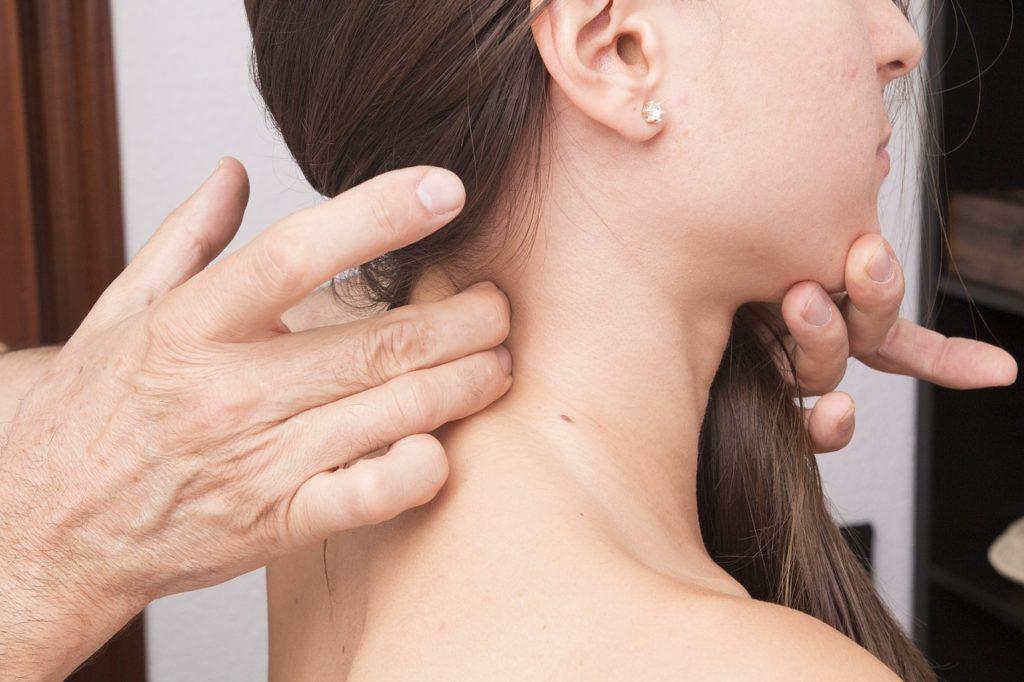
It counteracts THC
When working with THC, CBD is thought to suppress some of the anxiety that THC causes. CBD also appears to affect the excitatory effects of THC by delaying the onset of the high and how long it lasts;
Specifically, a randomized placebo trial published in the Journal of Psychopharmacology found that the paranoia that can be experienced after taking THC was reduced in the group that received an oral dose of CBD. The combination of CBD and THC could provide a multifaceted approach to well-being while reducing potential side effects.
Epilepsie
Perhaps one of the most encouraging areas of study is the impact of CBD on epilepsy – specifically Dravet syndrome and Lennox-Gastaut syndrome. Both are serious conditions that mainly affect children. Those affected by the worst cases can have hundreds of seizures a day.
In 2018, the US Food and Drug Administration (FDA) approved a synthetic version of CBD called Epidiolex. This drug is proving to be highly effective and significantly improves the quality of life for children living with Dravet and Lennox-Gastaut syndrome.

Of course, there are differences between the purified version of CBD and the natural version extracted from hemp. However, The Journal of Epilepsy Research concluded that although the data were limited, the evidence supporting CBD treatment for seizures was encouraging;
Heart health
CBD oil may reduce the risk of heart disease by alleviating hypertension (high blood pressure). Studies suggest that CBD oil may be a suitable complementary therapy for people whose hypertension is complicated by stress and anxiety. However, there is no evidence that CBD oil alone can treat or prevent hypertension in people at risk. Although stress is known to complicate high blood pressure, it cannot cause hypertension;
Lowers blood pressure
High blood pressure is a major cause of cardiovascular disease, stroke and heart attack. If you were to take one dose of CBD oil every day, you would find that you have lower blood pressure. This means that you would have less chance of having a heart attack, stroke or heart disease;
Eliminates and prevents acne
The anti-inflammatory properties of CBD help reduce sebum production in the skin. As you may know, sebum is a natural oil made for the skin. When an excessive amount of sebum is produced, it causes acne to form on the surface. That’s why you get those unattractive pimples and blackheads. However, if you consume CBD oil or use it superficially on the affected areas, you reduce the production of sebum and your visible acne will usually start to disappear.

Prevents and reduces the symptoms of Alzheimer’s disease
Neuroinflammation is a major contributor to the development of Alzheimer’s disease. CBD may work in preventing and reducing neuroinflammation by protecting neurons from free radicals that try to destroy them. Studies show that CBD may be effective even in Parkinson’s disease, due to its neuroprotective properties.
Antipsychotic effects
CBD has been found to reduce psychotic symptoms in people suffering from various types of mental disorders such as schizophrenia and psychosis. The results have not been proven for all types of mental disorders, but people with these disorders have reportedly received relief after consuming CBD oil;
Helps fight cancer
The anti-inflammatory properties of CBD also give it anti-cancer effects. If you are concerned about developing a cancerous tumor in your brain, lungs, colon, breast or prostate, try using CBD oil consistently. It may even prevent the spread of cancer if you already have it.
It can protect against diabetes
CBD is thought to prevent a condition called insulitis, which destroys the beta cells of the pancreas. Since insulitis is a big cause of Type I diabetes, preventing insulitis can also help prevent diabetes. But for people who already have diabetes, CBD can reduce the side effects of the disease, such as memory deficits and neuroinflammation.
Does CBD have any side effects?
With such a long list of potential benefits, CBD seems too good to be true – surely you must be worried about some of the side effects? A comprehensive review by the World Health Organization (WHO) took a close look at all the current research on CBD.
After reviewing the available data, the WHO stated the following:
CBD is generally well tolerated with a good safety profile. Reported side effects may be the result of drug interactions. Some adverse effects of CBD have also been reported. However, even these appear to be mild;
Possible side effects include:
- Fatigue
- Diarrhoea
- Dry mouth
- Stomach upset
- Dizziness
It is important to note that most of these side effects were seen in studies where the dose administered was significantly higher than in everyday scenarios. CBD therefore affects everyone a little differently, so it is important to start with a low dose until you get used to its effects;
Another significant side effect highlighted by the WHO was the possible interaction between CBD and existing drugs. Evidence suggests that CBD may interfere with the breakdown of specific drugs. If you are taking any medications, always discuss CBD use with your doctor first;
Is CBD psychotropic?
Despite its links to Cannabis sativa species, CBD is not psychotropic, although the compound can be considered psychoactive. Confusion on this issue usually stems from its association with THC. Although CBD and THC are both cannabinoids, the way they interact with the body differs significantly, as do their effects;
THC causes an altered state due to its affinity for CB1 receptors in parts of the brain associated with mood and motivation. This unique interaction is why cannabis is banned in most of the modern world. CBD, on the other hand, does not exhibit an affinity for the same CB1 receptors. Instead, it works behind the scenes to support the entire ECS, and as a result does not produce psychotropic side effects.
Can you develop an addiction to CBD?
Another common question is whether repeated use of CBD leads to tolerance and the need to consume ever larger amounts to experience the same effects;
To answer this, we must again refer to experts in the field. A 2018 review found that “CBD shows no effects indicative of abuse or dependence potential”. There is also no evidence of recreational use of CBD or public health issues. Long-term studies are still lacking (CBD research is relatively new), but the evidence is encouraging;
Methods of consuming CBD
The potential of CBD appears to be huge, but not nearly as comprehensive as the products available. The lack of CBD toxicity has led to a wide range of options, each with unique advantages and disadvantages;
CBD oils
CBD oils placed on or under the tongue remain the most popular way to enjoy the blend. Thanks to the olive, hemp and MCT oils that contain them, the absorption rate is quite high. CBD is naturally hydrophobic (water repellent), so it is hard for the body to absorb it without the help of a carrier oil.
Swallowing the oil will not work as well and you will need more to achieve the desired effects. However, if you take it sublingually (under the tongue), it will get into the mucous membranes and hit your system directly. Many people also add CBD oil to their morning coffee or tea, this is also an option, but then the effect is similar to swallowing CBD oil on its own. You can also buy CBD hemp tea, which already contains CBD.
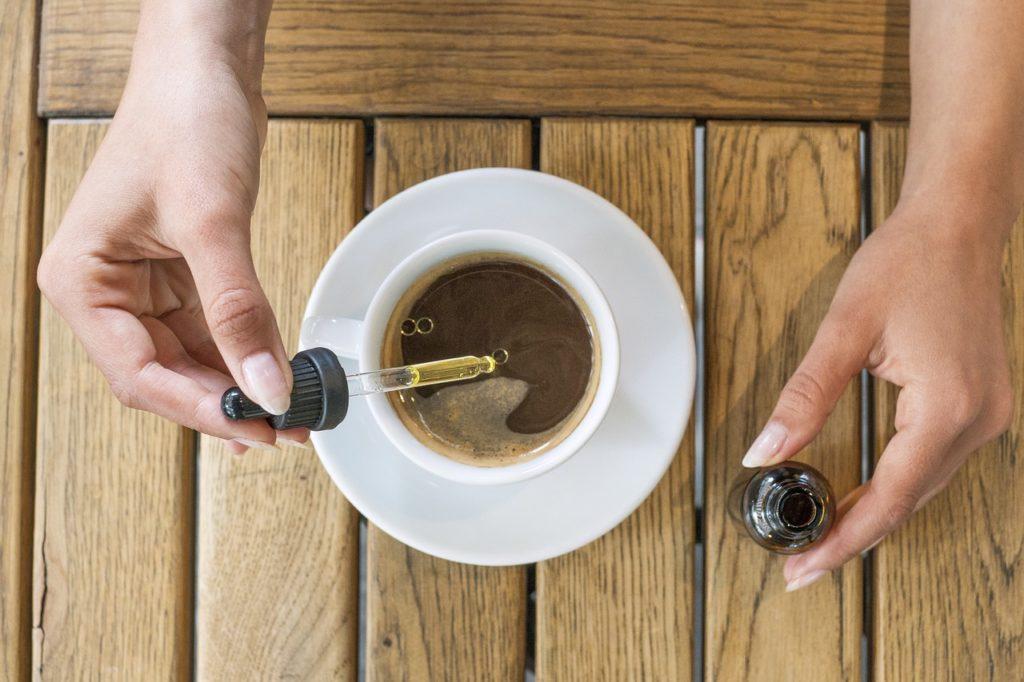
Smoking CBD
CBD smoking benefits from much higher bioavailability compared to other consumption methods. Bioavailability is an important concept because it is an indicator of how much and how quickly CBD reaches its target area – the bloodstream;
In this case, the active CBD enters the bloodstream incredibly quickly thanks to the capillaries in our lungs. As such, the effects can be felt in as little as 15 minutes, but the trade-off is that it doesn’t last as long in the body compared to CBD foods or oils;
Kmeny konopí bohaté na CBD samozřejmě obsahují také celou řadu dalších kanabinoidů, terpenů a flavonoidů. Získáte nejen potenciální výhody efektu doprovodu, ale zažijete také rozmanitou škálu chutí.In this case, the active CBD enters the bloodstream incredibly quickly thanks to the capillaries in our lungs. As such, the effects can be felt in as little as 15 minutes, but the trade-off is that it doesn’t last as long in the body compared to CBD foods or oils;
Vaping CBD
If you invest in a decent vaporizer, vaping has several significant advantages over smoking. Firstly, vaporizers don’t burn anything, so you reduce the risk of harmful substances getting into your lungs;
Secondly, the bioavailability of vaping is as good as smoking (if not higher) and people tend to ask fewer questions if you pull out a vaporizer, compared to a joint;

CBD foods
Cannabis food may have started out as cookies and brownies, but now it’s just the tip of the iceberg. Nor is this interest in edibles without good reason. Cannabinoids like CBD have a natural taste, and while that’s not bad, it’s not for everyone on its own. Making edibles infused with CBD is a practical way to mask the taste without losing the benefits.
Consuming CBD ingestibles also changes the way we feel its effects. The onset is delayed (lasting up to an hour), but the effects last much longer. This makes them ideal when you can’t replenish CBD quickly and need longer relief.
Dubbing CBD
Dabbing, or dabbing in Czech, is the inhalation of vapours produced by heating cannabis concentrate. Here you need a dabbing kit or even a pocket dabbing device. You can dub through a glass pipe or an electronic dubbing pen. This is mostly used by more experienced CBD users. It is not a good option for newcomers as this method of use provides a highly concentrated dose;
Thanks to the lightning-fast evaporation of the CBD concentrate, you will experience incredibly pronounced effects within seconds;
CBD tinctures and sprays
CBD tinctures are very similar to CBD oils, but you take them sublingually. Sublingual supplements don’t have to fight our digestive system. Instead, they enter the bloodstream directly through small capillaries in the mouth. If you need quick relief, CBD tinctures take effect in as little as 15 minutes.
The same applies to CBD sprays. The inside of your nose contains hundreds of tiny blood vessels, so CBD has a direct route into your bloodstream;
It’s also possible to find CBD tinctures in a variety of flavors, which makes them a bit more appealing than oils. This means you lose the secondary benefits offered by carrier oils, so the decision depends on personal circumstances and what is best for you;
CBD creams and similar products
CBD products with surface application are easy to use (simply rubbed into the skin) and suitable for all skin types. Rather than entering the bloodstream, the active ingredients target only the receptors at a local level to help soothe, moisturize and protect the skin;
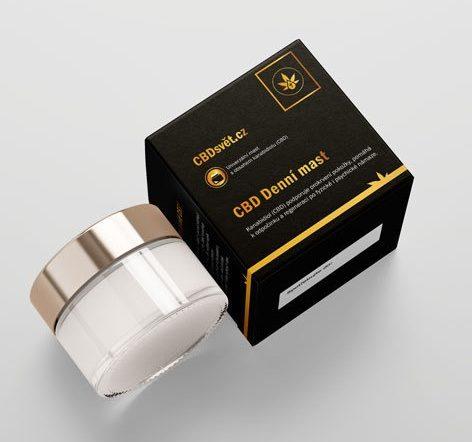
Transdermal patches take things one step further. By mixing CBD with certain medications, it is possible for the cannabinoid to permeate the skin and enter the bloodstream. These patches work in the same way as a nicotine patch and provide a slow release of the active ingredients.
If you want to take active absorption a step beyond transdermal patches, consider CBD suppositories. They offer (potentially) higher CBD absorption while being incredibly discreet. However, please note that the bioavailability of CBD suppositories remains under scrutiny and it is not known exactly how effective they are;
How to dose CBD
Each CBD manufacturer provides a recommended dosage and it is important to know that there is no the ideal dose of CBD and how much you should take is based on factors including:
- Metabolismu
- Body fat
- Product strength
- Health problems
However, there are some general guidelines to follow until you find a dose that works for you. Start with a low-concentration CBD oil: stick with a low-concentration oil for at least two weeks. It will give you time to get used to the effects and deal with any side effects;
Use CBD once or twice a day: Although most recommendations state “up to three times a day,” try it once or twice first. This again gives you time to find what works for you.
Follow the same routine for at least two weeks: CBD takes effect very quickly, but give yourself at least two weeks to get familiar with your routine;
Wait to combine CBD products: It’s perfectly possible to combine different CBD products, but again, stick to the same routine so you can adjust the effects accordingly. There is nothing wrong with eating some edible CBD in the morning and vaping CBD in the afternoon.
Talk to your doctor: We can only speak in general terms, but your primary care physician can provide advice for your specific case. If you are using CBD to address a specific condition, you can get valuable insight into the recommended dose.
Microdosing CBD
Microdosing is a viable strategy that works well with CBD because it counteracts one of the main drawbacks of the compound. You see, the cannabinoid has a very short half-life (the length of time it remains in the body), so regular consumption is a must if you want to make the most of its effects;
The key to microdosing is taking small, frequent doses. However, just like regular dosing, you’ll need to experiment with different routines to see what works for you. If appropriate, try to divide your daily CBD intake into smaller portions throughout the day;
CBD for pets
With the basics of CBD in humans, it makes sense to turn our attention to our feline and canine companions. Why? Because just like us, cats and dogs have an endocannabinoid system. In turn, they may experience some of the positive effects of CBD.
Most of the data on the effect of CBD on pets remains anecdotal, but there are several in-vivo studies that will continue. The possible effects seem similar to those in humans, with CBD affecting their brains along with their nervous, immune and digestive systems;

Be careful; not all CBD products are suitable for pets. Cats and dogs are much more sensitive to the smaller compounds in cannabis (terpenes and flavonoids). As such, CBD products aimed at pets have these elements removed to make them safe for pets, whereas regular CBD oils do not;
Is CBD legal?
The legality of CBD remains a point of contention. In most of the modern world, CBD is legal to buy and use, but there are restrictions. CBD products must come from hemp and cannot contain more than 0.2% THC (Europe). The legal THC limit is slightly higher in the US (0.3%), but to give you an idea – the restrictions vary depending on where you live and are difficult to navigate;
Always buy CBD from a trusted supplier and avoid those who do not test and know their products. You should always know how much CBD is in each product;
